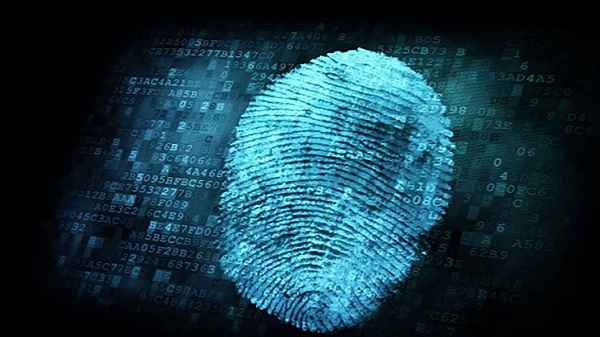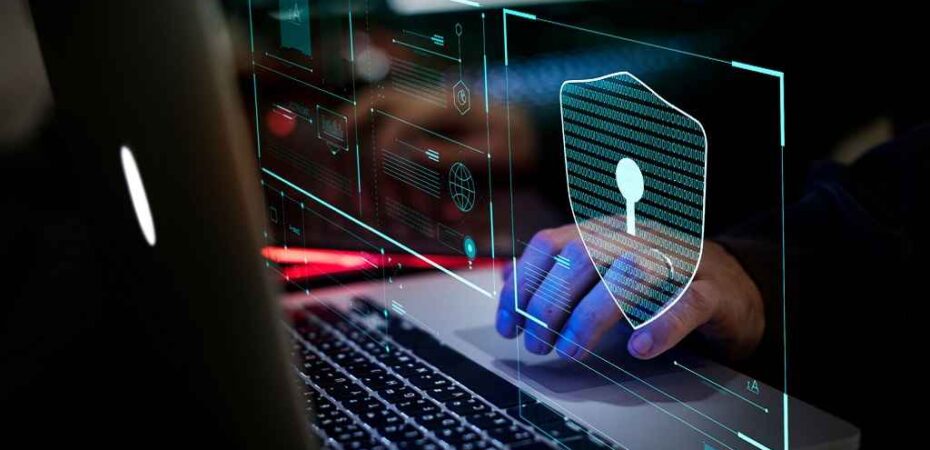Identity theft, the unauthorized acquisition and use of personal information, poses a significant challenge in today’s interconnected, digital era. As our lives become increasingly integrated with the digital world—from online banking and shopping to social networking and remote work—we expose more of our personal information to potential misuse. Consequently, identity theft has proliferated, emerging as a global problem that affects millions of people each year.
Recognizing the evolving nature of identity theft is crucial to combat this growing issue. Its tactics have significantly evolved over the years, from simple credit card theft to complex cybercrimes exploiting the latest technology. With each evolution, the risks increase, making it more vital than ever to stay informed about current trends.
The Evolution of Identity Theft: A Historical Perspective

In the course of history, identity theft has consistently adapted and evolved in response to societal and technological changes. What started as primitive, physical tactics morphed into sophisticated digital attacks that can potentially data security. By examining this evolution, we can gain valuable insights into what the future may hold for this pervasive form of crime.
From Physical to Digital
In the beginning, identity theft was a physical act. Criminals used techniques like pickpocketing, mail theft, or dumpster diving to obtain a person’s personal information. These methods required a certain level of risk and proximity to the victims, limiting the scope of identity theft.
However, as technology advanced and the world became more digitally interconnected, so did the methods of identity theft. Cybercriminals began to exploit the vast swathes of personal information that individuals began to store and share online, marking the beginning of digital identity theft. The shift from physical to digital broadened the reach of identity thieves, making it possible to steal someone’s identity from anywhere in the world, without any personal contact.
The Digital Era
The early stages of digital identity theft were characterized by phishing emails, malware attacks, and credit card fraud. Cybercriminals devised clever ways to trick individuals into revealing their personal information or found means to intercept it.
In response to these threats, cybersecurity companies developed software and services designed to protect consumers’ data. One example of such is Aura, which is a favorite of many people when it comes to identity theft protection services. Norton’s Lifelock is also a contender. However, Aura blew Lifelock out of the water. Aura has unbeatable threat monitoring and alerts, plus impressive identity theft insurance.
IoT and Mobile Platforms
The advent of Internet of Things (IoT) devices and mobile platforms represented the next evolution in identity theft. From smart home devices to wearable fitness trackers, IoT devices began to permeate everyday life, collecting vast amounts of personal data. Similarly, the proliferation of smartphones and tablets meant that more personal data than ever before were being stored on mobile platforms.
Advanced Identity Theft Techniques: Emerging Trends

The techniques used for identity theft continue to grow more sophisticated and alarming. These advanced tactics, driven by emerging technologies and increased digital interconnectivity, are shaping the latest trends in identity theft.
Advanced Persistent Threats
With the advancement in cybersecurity measures, identity thieves also sharpened their skills. Advanced Persistent Threats (APTs) emerged as a significant concern. Often performed by skilled cybercriminals or state-sponsored groups, these attacks pose significant security threats.
Synthetic Identity Theft
Another disturbing trend is synthetic identity theft, where cybercriminals blend real and fabricated information to create new identities. AI-generated profiles lend credibility to these synthetic identities, making detection challenging.
Deepfake Technology
The advent of deepfake technology has elevated the risk landscape. Cybercriminals can use AI and machine learning to create realistic video and audio content, impersonating individuals to commit fraud.
Biometric Data Theft
Lastly, biometric data theft has emerged as a significant concern. As biometric authentication gains popularity, protecting this unique personal data is becoming increasingly important.
Technological Countermeasures: Responding to New Threats

In response to the evolving and escalating threats of identity theft, new technological countermeasures are continually being developed.
Secure Online Practices
Despite the sophistication of identity theft methods, technological advancements also offer new defense strategies. Secure online practices, like using password managers and ensuring SSL encryption on websites, are critical first lines of defense.
Multi-factor Authentication
Multi-factor authentication provides an additional layer of protection by requiring more than just a strong password to access accounts. This could include a secondary password, a biometric input, or a physical device.
Advanced Biometric Security
Photo by Stefan Schweihofer from Pixabay
With growing concerns over biometric data theft, security measures now include liveness detection and multi-modal biometrics, effectively combatting counterfeit biometric data.
AI and Machine Learning
Artificial Intelligence and Machine Learning are critical tools in the fight against identity theft, aiding in fraud detection and prevention by identifying anomalies in user behavior.
Blockchain Technology
Used in identity verification, blockchain technology provides a decentralized, immutable record, significantly reducing the risk of identity theft.
Cyber Threat Intelligence
It involves the collection and analysis of information about potential attacks occurring in cyberspace. CTI is a proactive defense measure, enabling organizations to prepare for and potentially prevent cyberattacks before they occur.
Zero Trust Architectures
With their principle of “never trust, always verify,” Zero Trust architectures provide a comprehensive framework for network security, minimizing potential breaches. This approach assumes that any system, internal or external, could be compromised and therefore must always be verified.
Future of Identity Theft and Technological Advances
As we look toward the future, the dynamics of identity theft continue to shift and change, influenced by both technological advancements and evolving societal behaviors. Future trends in identity theft may involve the use of quantum computing, increasingly sophisticated AI models, and potentially even technologies we have yet to envision. In response, innovative countermeasures are also being developed and refined, striving to stay one step ahead of these emerging threats.
Conclusion
The identity theft landscape is continuously evolving, growing in complexity and sophistication. However, with the consistent advancements in technological countermeasures, we have effective tools to combat these threats. Anticipating future trends and enhancing our defense strategies remains crucial in this ongoing battle against identity theft.
Read also:
- Console Security 101 (Beginner’s Guide)
- Fix: Your Device Is Missing Important Security and Quality Fixes
- 8 High-End Cybersecurity Protocols For Small Businesses
- Essential Security Tips For Android
- WordPress Security Guide
- Data Security is a Real Aspect of Your Business
- Doublelist Not Working | Reasons & Fixes



